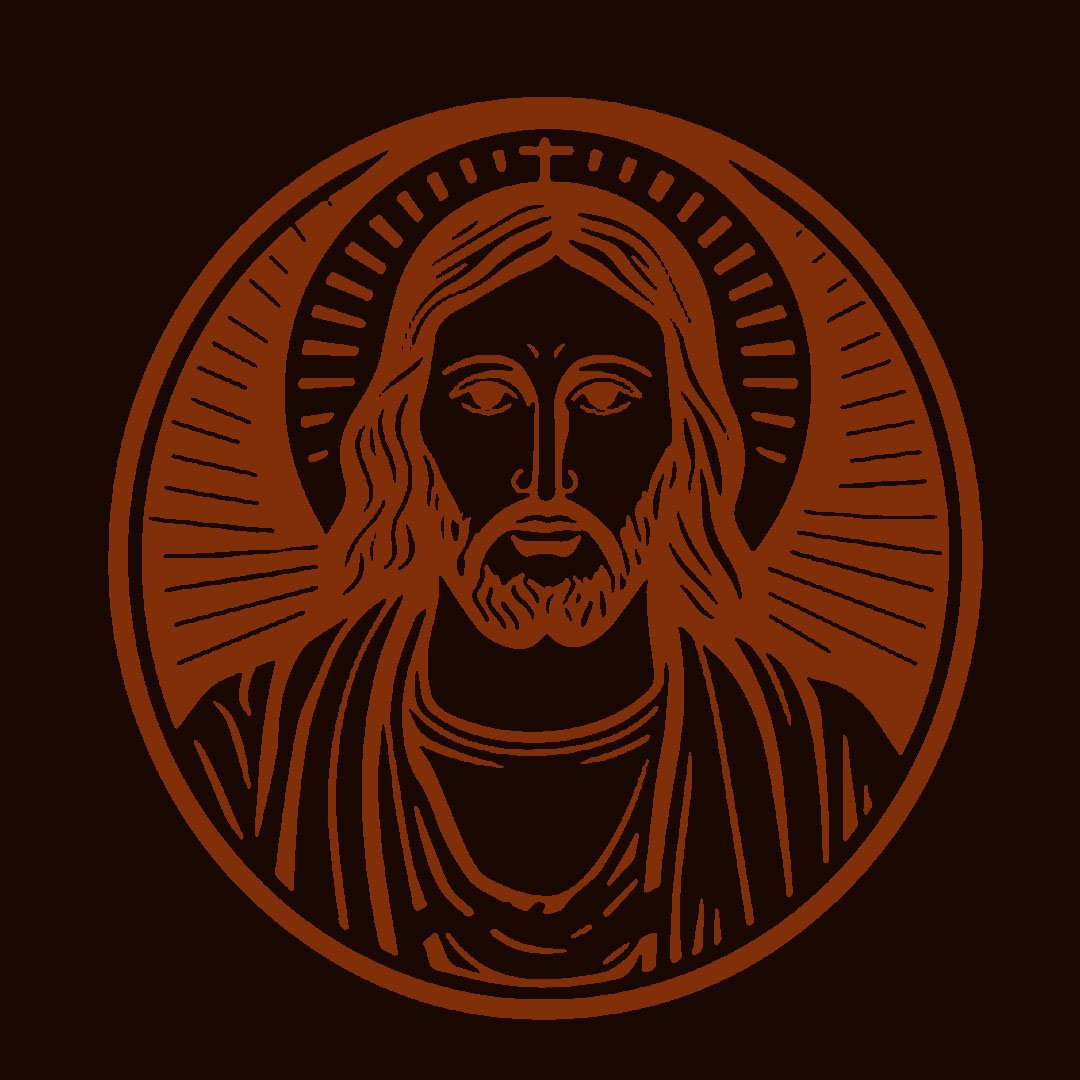The Perfect Face
The Son is the image of the invisible God, the firstborn over all creation. (Colossians 1:15)
In our last article, we briefly discussed how Jesus is the image of perfection since he is part of the Godhead. Since the 3rd century, artists have tried to capture this divine perfection in their depictions of Jesus. Visual representations wield great power, as humans tend to place trust in what they see. When the topic of Jesus's appearance arises, a common assertion is often made: "Cultures around the world have depicted Jesus to look like them." But that is only sometimes true. Jesus's image usually embodies our view of what we find ideal or acceptable at the time.
The earliest renderings of Jesus, discovered in ancient Christian burial sites and gathering spots, drew heavily from Roman cultural symbols, such as the shepherds, fish, and even images of the sun god Apollo (wordplay intended—"sun god" or "Son of God"). As the Roman Empire receded and Byzantium emerged, Jesus began to be depicted with regal attributes, sporting a beard that symbolized power and authority. This representation mirrored the connection between the Emperor and divinity in society, reinforcing Jesus's role as a King. Even images of Jesus on the Cross didn't emphasize his suffering but more of his victory and kingship.
As centuries passed, amidst the era of European colonialism and the ascent of the Church's influence, an interesting phenomenon occurred. The construct of 'whiteness' emerged, and Jesus gradually assumed these characteristics, often depicted with feminine and gentle features connoting divinity. Missionaries carried these images across newly colonized territories, subtly embedding the notion of a white Jesus as a symbol of superiority. The imagined image of an invisible God spreads the gospel of inferiority. The prevailing image of Jesus today reflects centuries of societal beauty standards and desirable traits. It is only in the last 100 years or so that Jesus has begun to be depicted through the lens of various cultures. Even in the realm of AI-generated images, the default representation of Jesus tends to be white, requiring specific prompts like 'black' or 'Middle Eastern' to diversify the output. (This raises concerns about whether AI art reenforces our biases and hinder us from thinking in new ways.)
Given that Christ embodies perfection, how do we practically engage with this concept? The understanding that God took on human form has sparked debates about what constitutes a good body, acceptable attributes, and desirable skin color. Although the Bible remains silent on Jesus's physical appearance, Isaiah 53:2-3 offers poignant insight:
"He grew up before him like a tender shoot, and like a root out of dry ground. He had no beauty or majesty to attract us to him, nothing in his appearance that we should desire him. He was despised and rejected by mankind, a man of suffering, and familiar with pain. Like one from whom people hide their faces he was despised, and we held him in low esteem." (Isaiah 53:2-3)
Isaiah underscores that Jesus's form was unremarkable, blending into the crowd without drawing attention. Not only that, but Isaiah begins to describe how Jesus shrinks himself down to nothing, subjecting himself to rejection, disdain, and perceived ugliness, symbolizing God's choice to fill the undesirable places of our world with himself. Of course, we see this ultimate example in the Cross, but our next article will tackle how perfection was expressed through the being of Jesus.
To learn more about the history of Jesus images, watch this lecture from Edward J. Blum, one of the authors of “The Color of Christ: The Son of God and the Saga of Race in America”.






